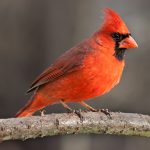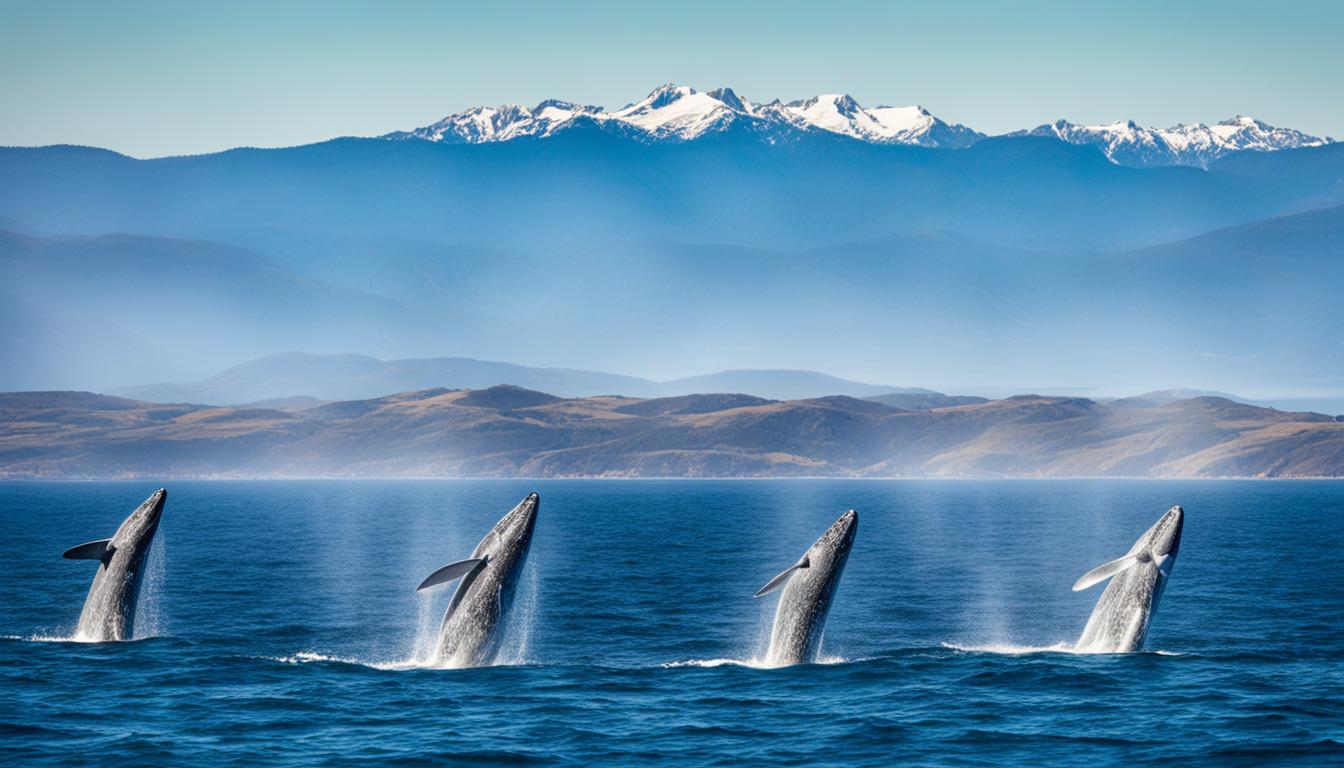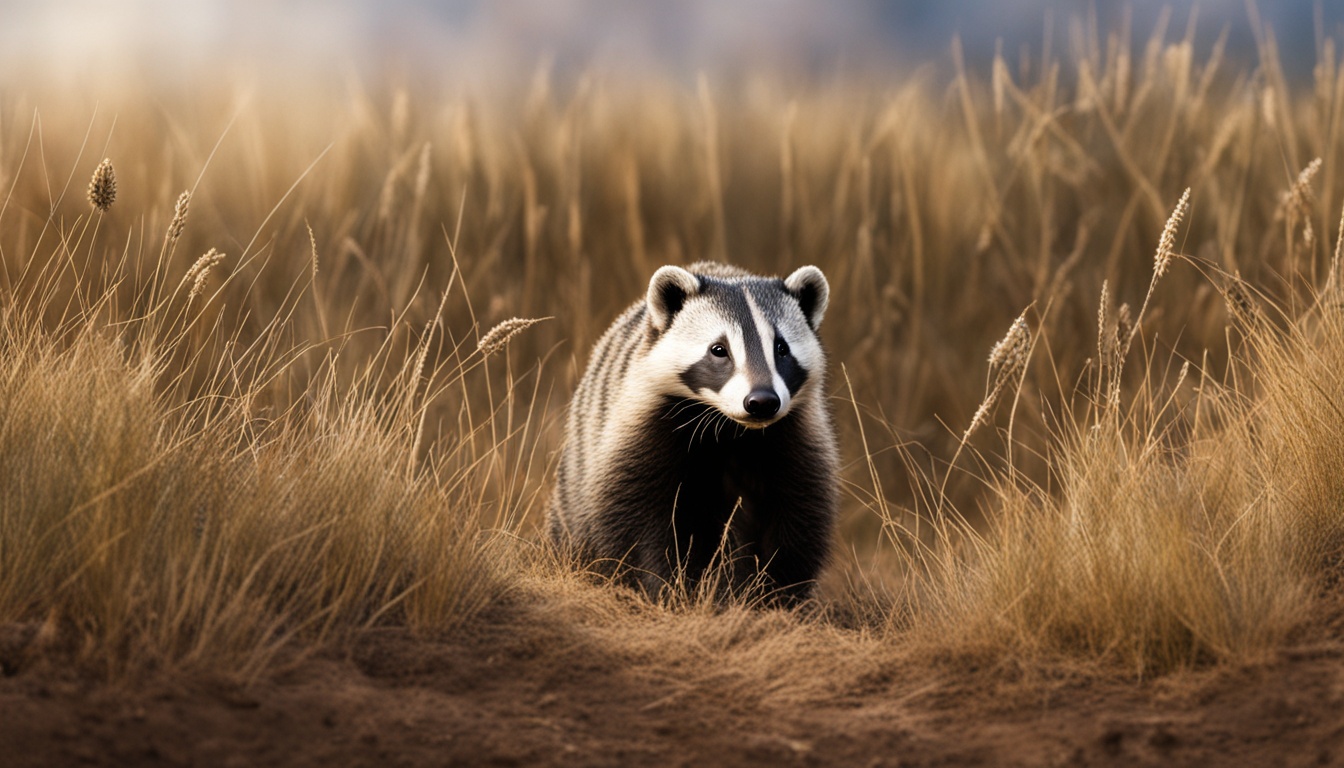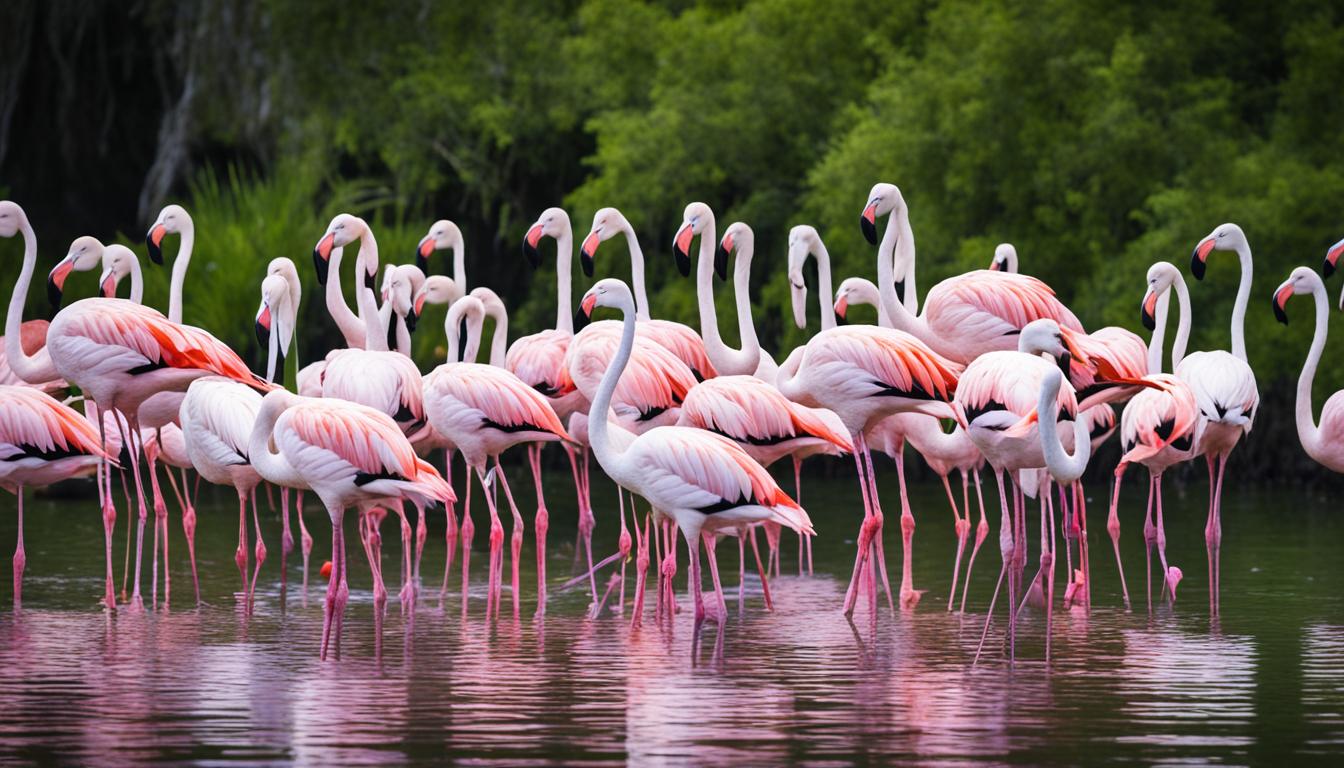You may keep your feeders out as long as there are hummingbirds in the area. Even after your hummingbirds have left, you may keep the feeder filled since late migrants or out-of-range species may arrive in the early winter.
Hummingbird lovers should either commit to keeping feeders up all winter or take them down when the first frost arrives.
Hummingbird feeders left up over the winter provide important nutrients for non-migratory hummingbirds and are a welcoming sight for migrating hummingbirds.
Changes in weather temperature or season, a reduction in food supply, and shorter days with less sunlight are all significant causes that lead birds to migrate.
Hummingbirds will not be discouraged from migrating if you keep your hummingbird feeders out past the winter frost.
Their bodies will tell them when the time is suitable to migrate. Allow nature to take its course rather than pushing them to go.
Hummingbird feeders should be removed two weeks after you observe a hummingbird feeding. There may be occasions when you must temporarily remove your hummingbird feeders from sight. Even if you see hummingbirds all year, this will appeal to any backyard bird watcher who feeds them.
Cleaning:
Every 3–5 days, you’ll need to take your feeders down to clean and refill them. If your feeders are popular, you may need to fill them sooner.
A thorough cleaning should be done every third day at the very least. To avoid infection, keep nectar fresh, and check for indications of damage or leaks. A thorough clean will take some time to allow for washing and drying. If you don’t want to disappoint your hungry hummers, having a second set of feeders ready to use while the first is being cleared is an excellent way to prevent it.
Pests:
If you’re being overwhelmed by insects or other creatures at your feeders, you may want to take them down. Taking the feeder away eliminates any trail these animals have left to return to anticipate some simple food supply.
Weather:
The weather may be unpredictable, even in the summer. Your hummingbird feeder will be exposed to all sorts of weather since it is placed outside. Heavy rain, wind, thunderstorms, tornadoes, hail storms, dust storms, and hurricanes are all examples of extreme weather that might damage your feeders. The feeder may be knocked off and broken, or items may crash into it.
Winter:
If you’re one of the fortunate few that get hummingbirds in the winter, you’ll want to make sure your feeder is well-maintained. Your feeder may freeze over because of the cold weather and winter storms. When the temperature drops to its lowest point, this generally occurs overnight. Hummingbirds will come to frozen nectar in the mornings as a result of this. Take your hummingbird feeders down overnight and re-hang them first thing in the morning to prevent this from occurring.
Vacation:
If you’re going to be gone for more than 5 days, I suggest you remove your feeders. Your nectar will deteriorate if you keep them up for any longer than this, even with cleaning and refilling. You could even return home to find your hummingbird feeder filled with insects. If you can’t face the thought of removing your feeders, try having friends or relatives come over to clean and refill them for you.
What Temperature Is Too Cold for Hummingbirds?

While hummingbirds normally favor warm regions, certain hummingbird species have distinct migration paths and can withstand cold weather.
Check to see if the hummingbirds in your neighborhood are likely to remain around over the winter. They can add the lowest body temperature to that list since they can attain temperatures lower than any non-hibernating animal and any other bird on the planet.
Researchers examining six hummingbird species in the Andes have revealed that the body temperature of the black metal-tailed hummingbird may go as low as 3.3 °C (38 °F).
Small organisms, like the hummingbird, some bats, and many marsupial species, may enter a condition known as daily torpor, when they tone down their body temperature and metabolism to preserve energy.
Will Hummingbird Feeders Freeze?
Hummingbird feeders can be frozen at very low temperatures. Feeders that are left empty or frozen might cause malnutrition in birds that have become used to them. Make sure your nectar never freezes or forms ice crystals, and that it can be delivered throughout the winter.
Do Eels Hibernate or Migrate in the Winter?
Do eels hibernate or migrate in the winter? This question about eels’ winter behavior: hibernation or migration?? has intrigued scientists for years. While some species of eels, like the European eel, are known to migrate during the winter months, others tend to hibernate. The exact mechanisms and triggers behind this behavior are still being explored, adding to the mysterious nature of these fascinating creatures.
How do you keep Hummingbird feeders from freezing in the winter?
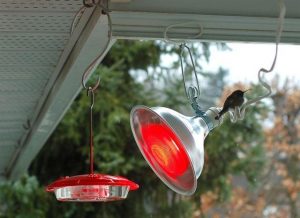
If you live in a cold climate, you may need to bring your feeder inside at night to keep it from freezing, but this won’t bother the hummingbirds if you set it back out first thing in the morning.
The most frequent cause of hummingbird injury is frozen feeding tube entrances; double-check the holes to ensure they’re safe. It may be simpler to keep shallow, dish-style nectar feeders frozen than higher tube feeders.
By keeping your feeder out of the wind and snow, you may create a warming zone for it. Hummingbird feeders with exposed metal components should be avoided in severe temperatures because they might get too cold or too hot.
Another method, particularly when daytime highs are below freezing, is to put a heat lamp alongside the feeder. The ideal way is to utilize a PAR 38 (150-watt) outdoor flood lamp in an 8-or 10-inch metal utility light hood with a spring clamp.
Place the light approximately 10 inches from the top of the feeder, pointed down at a 45-degree angle. Plug the light into an outside extension cable, passing both plugs through the corners of a Ziploc bag and securing it tightly with duct tape to keep out water.
You may also just let the feeder freeze up when the weather gets cold enough, and the hummingbird will relocate to another spot with a more consistent food source.
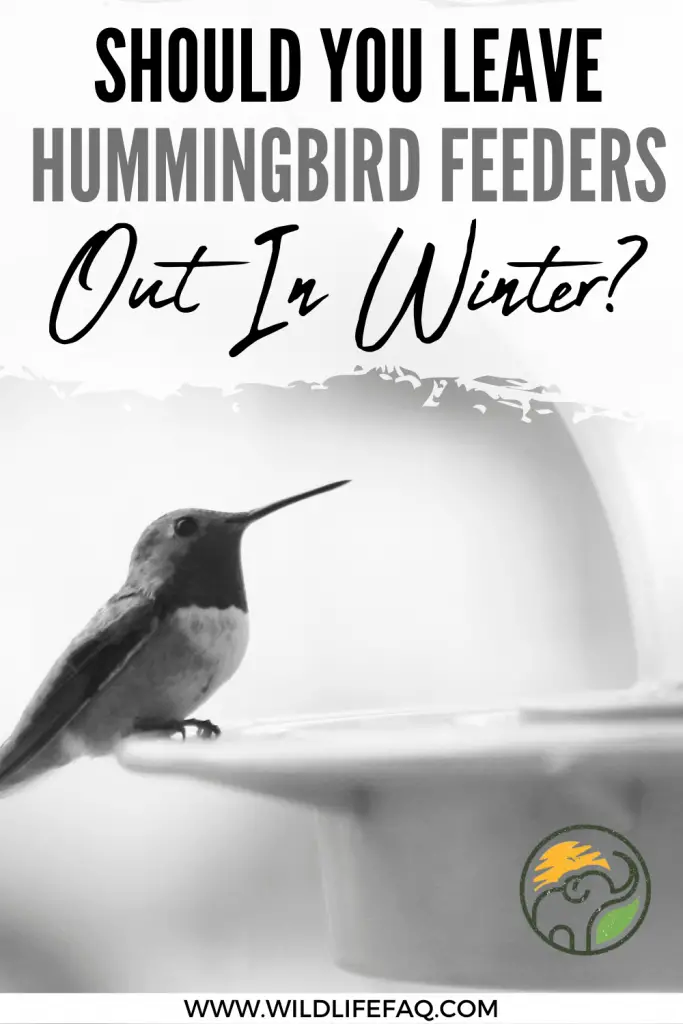
Keywords; Hummingbird, Nector, Ziplock, birdfeeders, Temperature





